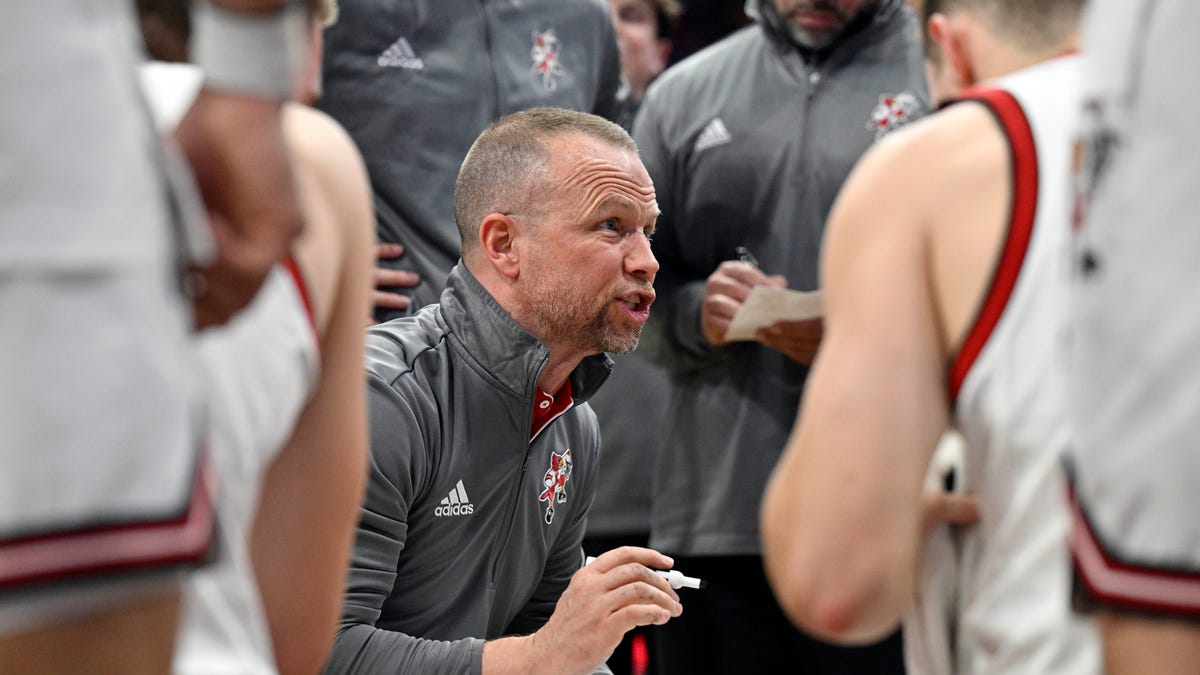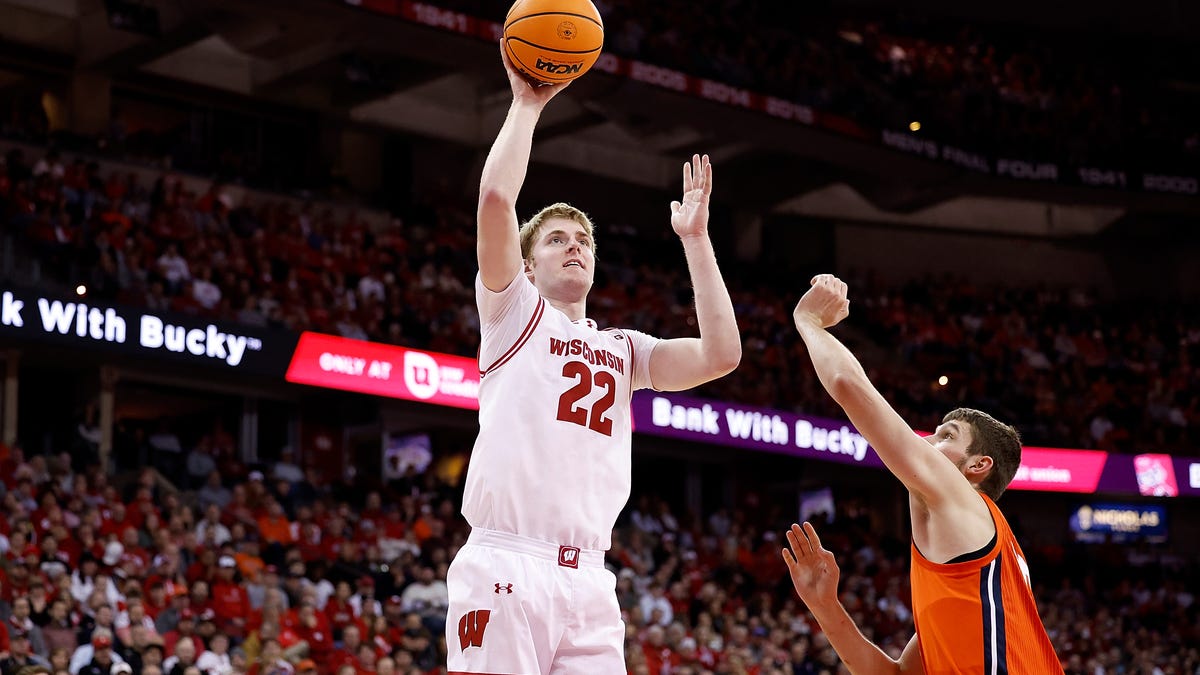Professional bodybuilders often strain their hearts through extreme training, rapid weight loss, and dehydration. Bulking-cutting cycles, harsh diets, and intense regimens can cause heart rhythm issues and long-term cardiovascular damage
Published Jun 09, 2025 | 7:00 AM ⚊ Updated Jun 09, 2025 | 7:00 AM
Synopsis: The sudden death of Mr. India Senthil Kumaran Selvarajan highlights a disturbing trend in Indian bodybuilding: young, peak-condition athletes dying from heart attacks and organ failure, often linked to suspected steroid abuse. Similar fates befell Akash from Tamil Nadu and champion Dheeraj Dahiya. Even fitness icon Puneeth Rajkumar’s cardiac arrest in 2021 underscores hidden health risks in extreme fitness pursuits.
The promising career of Senthil Kumaran Selvarajan, India’s Mr. India titleholder, ended abruptly with a fatal heart attack. He was young, seemingly at peak physical condition, and represented the pinnacle of bodybuilding achievement in the country. His death wasn’t an isolated tragedy.
Akash, a 25-year-old bodybuilder and gym trainer from Avadi, Tamil Nadu, collapsed while preparing for competition. Doctors discovered multiple organ failure—his heart, kidneys, and liver had all shut down, likely from what they suspected was excessive steroid and supplement abuse. Another champion, Dheeraj Dahiya, who held multiple prestigious titles including Mr. India and Mr. North India, died suddenly from a reported heart attack, joining a growing list of elite athletes whose pursuit of physical perfection ended in premature death.
Even beyond competitive bodybuilding, the fitness world was shaken when Kannada superstar Puneeth Rajkumar, renowned for his fitness regimen, died of sudden cardiac arrest in 2021. Though not a competitive bodybuilder, his case drew national attention to cardiovascular risks among seemingly healthy, fit individuals.
These Indian cases reflect a troubling global pattern that has now been quantified by groundbreaking research. A comprehensive 16-year study published in the European Heart Journal has exposed alarming mortality rates among competitive bodybuilders worldwide, with sudden cardiac death claiming 38 percent of fatalities in a sport increasingly scrutinized for its hidden health risks.
The global study that confirms the crisis
Dr. Marco Vecchiato from the University of Padova, Italy, who led the groundbreaking study, was motivated by observing exactly these kinds of tragic cases worldwide. “I’ve seen a growing number of reports of premature deaths among people involved in bodybuilding and fitness,” he said in a statement. “These tragic events, often affecting young and apparently healthy athletes, highlight a gap in our understanding of the long-term health risks associated with competitive bodybuilding.”
The research team examined 20,286 male bodybuilders who participated in International Federation of Bodybuilding and Fitness (IFBB) events between 2005 and 2020. Through meticulous cross-referencing of media reports, social media, bodybuilding forums, and official sources across five languages, researchers identified 121 deaths among these athletes, with an average age at death of just 45 years.
Most alarmingly, professional bodybuilders faced a more than fivefold increase in sudden cardiac death risk compared to amateur competitors, suggesting that the intensity and methods of elite-level competition—the very practices that likely contributed to deaths like those of Senthil, Akash, and Dheeraj—significantly amplify health dangers.
Also Read: Privileged veganism vs othering of the marginalised
But why?
The study identified several interconnected factors that create a perfect storm for cardiovascular catastrophe in competitive bodybuilding.
Dr.Vecchiato explained that “bodybuilding involves several practices that could have an impact on health, such as extreme strength training, rapid weight loss strategies including severe dietary restrictions and dehydration, as well as the widespread use of different performance-enhancing substances.”
While only 16 percent of deceased athletes had documented histories or toxicology reports confirming performance-enhancing drug (PED) use, researchers believe this figure dramatically underrepresents reality due to underreporting and limited autopsy access.
The available autopsy reports revealed telling patterns: heart muscle thickening or enlargement, coronary artery disease, and in some cases, clear evidence of anabolic substance abuse.
The study’s data becomes even more concerning when considering anti-doping statistics. Despite organizing over 6,000 events annually, the IFBB submitted only 80 doping samples to the World Anti-Doping Agency (WADA) in the most recent reporting year—with a shocking 13 percent positivity rate, far exceeding most other sports. This discrepancy raises serious questions about the adequacy of current anti-doping measures and suggests widespread PED use remains largely undetected.
Extreme training and competition practices
Professional bodybuilders engage in practices that place extraordinary strain on the cardiovascular system. Extreme strength training combined with rapid weight loss strategies—including severe dietary restrictions and dangerous dehydration techniques—can trigger irregular heart rhythms and structural heart changes over time. The pursuit of competition-ready physiques often involves cycling between bulking and cutting phases that shock the body’s systems.
“The risk may be greater for professional bodybuilders because they are more likely to engage intensively in these practices over prolonged periods and may experience higher competitive pressure to achieve extreme physiques,” Dr. Vecchiato noted.
Beyond physical risks, the study uncovered a disturbing mental health component. Approximately 15 percent of deaths were categorised as “sudden traumatic deaths,” including car crashes, suicides, murders, and overdoses. Researchers linked these to psychological pressures surrounding body image, performance expectations, and the relentless pursuit of extreme physiques.
“These findings underline the need to address the psychological impact of bodybuilding culture,” Dr. Vecchiato emphasized. “These mental health challenges, sometimes worsen with substance abuse and can elevate the risk of impulsive or self-destructive behaviours.” The toxic combination of body dysmorphia, depression, and performance pressure creates a dangerous psychological environment, particularly for younger athletes.
The regulatory gap
Unlike established professional sports, bodybuilding often operates without adequate medical oversight, especially in countries where it isn’t formally recognized as a sport. This regulatory vacuum means athletes rarely undergo pre-participation cardiovascular screenings, and there are virtually no safeguards to monitor or mitigate health risks.
The contrast is stark: while professional football, basketball, or tennis players undergo regular medical evaluations and operate under strict anti-doping protocols, bodybuilders frequently compete without comparable protections despite facing potentially greater health risks.
Also Read: India’s packaged food labels under fire
A broader message about health and fitness
Even the Indian cardiologists support the findings of the study. “Was seeing many videos of the Mentzer brothers’ strength training. Then read how they both died at 49! What’s the point,” Cardiologist based out of Bengaluru Dr Deepak Krishnamurthy said on X.
However, the researchers emphasised that their findings shouldn’t discourage general strength training or fitness culture. “Regular physical activity and strength training can be extremely beneficial for health, quality of life and mortality risk,” Dr. Vecchiato clarified. Instead, the study challenges the dangerous notion that physical appearance alone indicates health and exposes the hidden risks behind even the most sculpted physiques.
The path forward: urgent reforms needed
Dr. Vecchiato’s research doesn’t aim to vilify bodybuilding but rather catalyze essential reforms. “For bodybuilders, the message is clear: while striving for physical excellence is admirable, the pursuit of extreme body transformation at any cost can carry significant health risks, particularly for the heart,” he stated.
The study’s authors recommend several critical interventions:
- Medical Oversight: Implementing mandatory cardiovascular screening and regular medical supervision for competitive bodybuilders, similar to other professional sports.
- Anti-Doping Enhancement: Strengthening drug testing protocols and enforcement, given the current system’s apparent inadequacy.
- Cultural Transformation: Promoting safer training practices and firmly rejecting performance-enhancing substance use through education campaigns.
- Mental Health Support: Addressing the psychological pressures and providing mental health resources for athletes struggling with body image and performance anxiety.
- Policy Development: Creating specific health surveillance programs and collaborating between medical associations, federations, and policymakers.
(Edited by Ananya Rao)





































